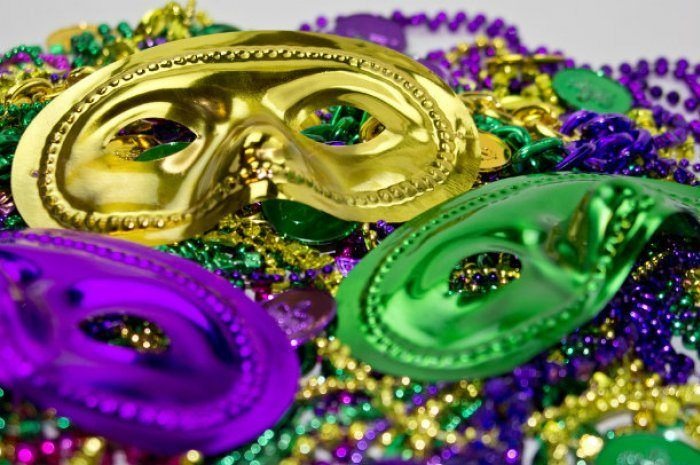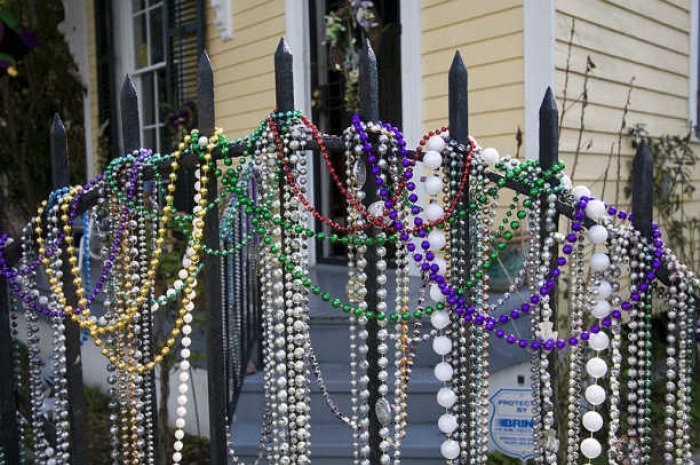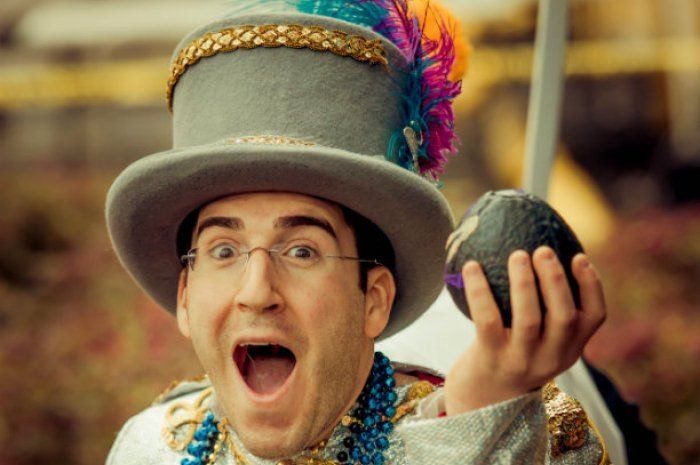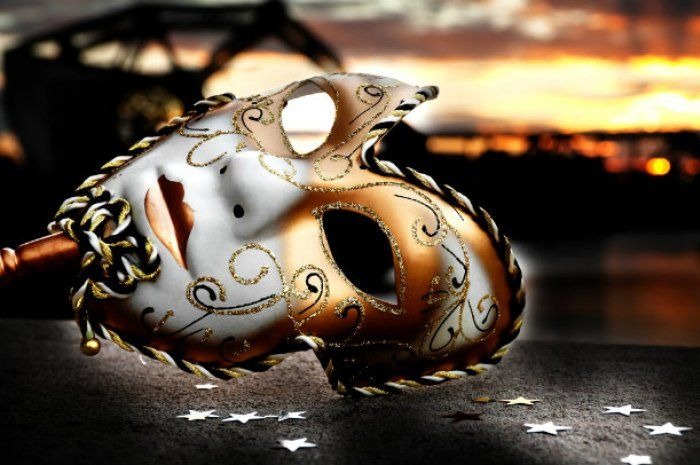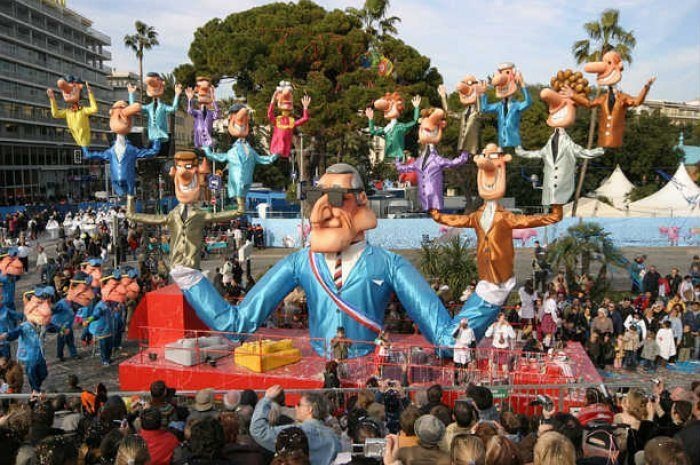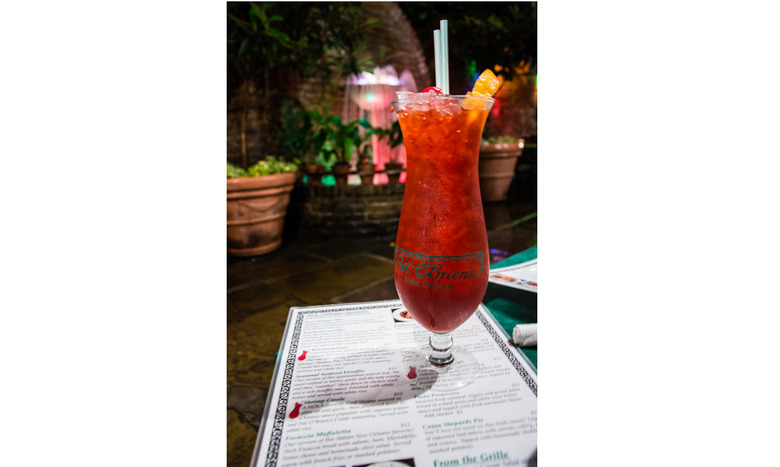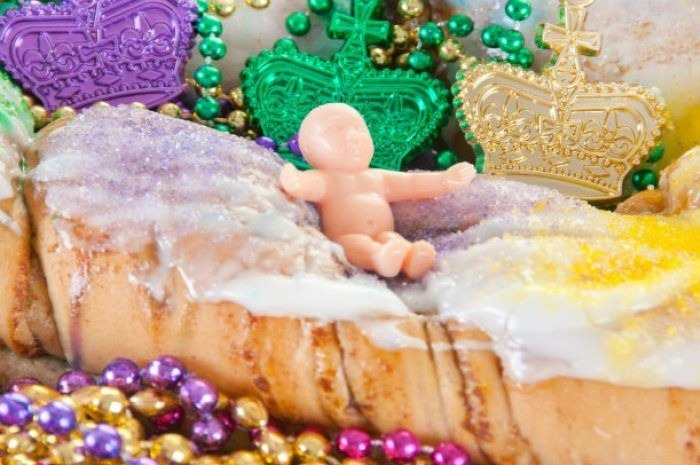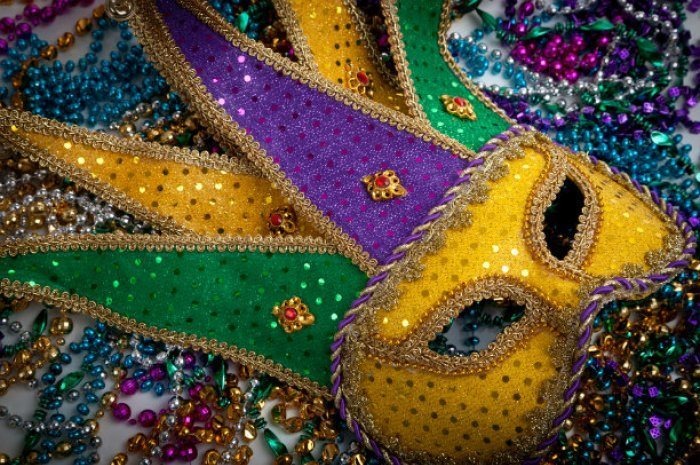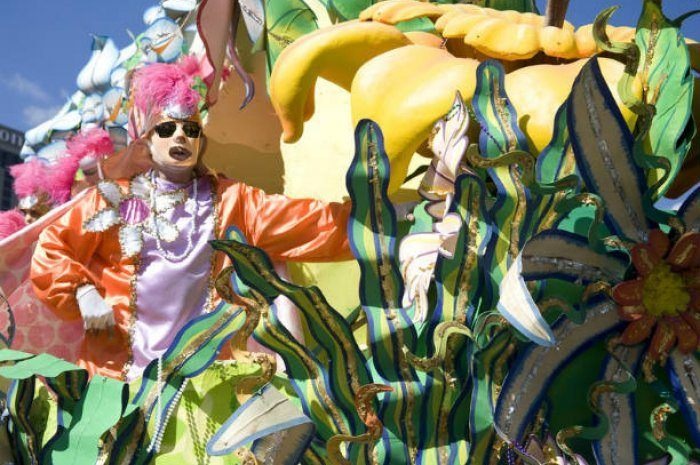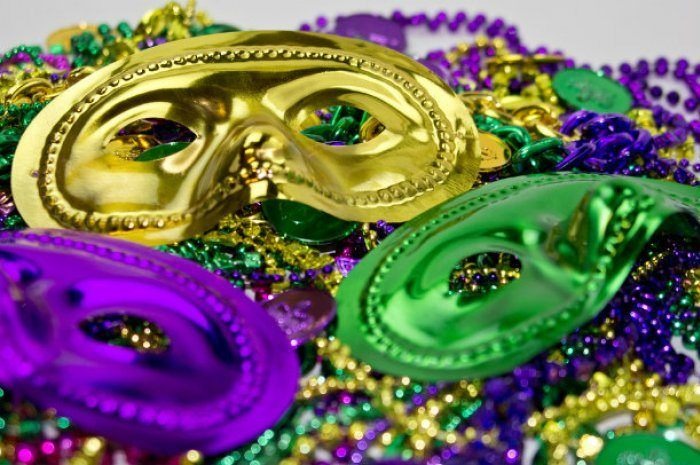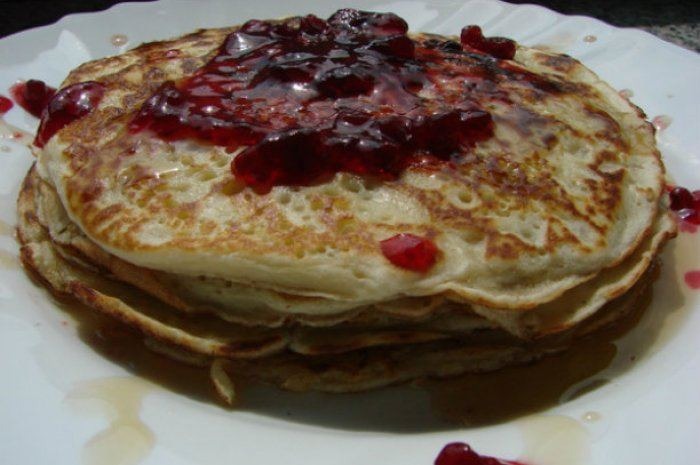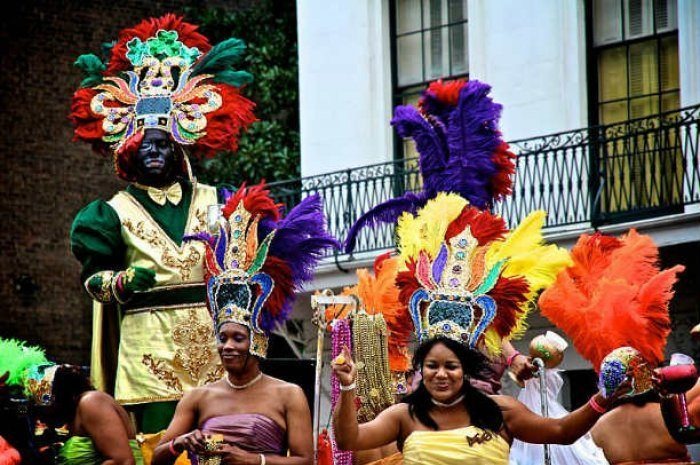11 Things You Didn't Know About Mardi Gras (Slideshow)
While you probably know about traditions like King Cake, do you know exactly why they hide a plastic baby in it? Do you know why the official colors of Mardi Gras are purple, green and gold or why many wear masks? To help you party with a purpose, we rounded up some interesting facts about this rambunctious holiday that you might not have ever known.
Bead History
One of the original New Orleans krewes, the Twelfth Night Revelers, are credited to be the first to participate in Mardi Gras "throws." The beads themselves came onto the scene in the late 1870s when The King of Carnival (a.k.a. Rex) tossed these inexpensive necklaces into the crowd. It is also believed that a man dressed as Santa Claus was the first to decorate his costume in beads.
Cool Coconuts
Beyond the beads, a coveted souvenir from Mardi Gras you may not have heard of is the Zulu krewe's decorated "golden" coconut, which is tossed out to crowds during the parade. Though tossing out a coconut isn't without its dangers, the painted token is excluded from liabilities related to injuries. So, if you're trying to catch the coconut, be careful!
First U.S. Mardi Gras
While New Orleans is now considered the home of Mardi Gras, it actually did not begin in the Big Easy. In 1699, French-Canadian explorer Jean-Baptiste Le Moyne, Sieur de Bienville declared what is now known as Mobile, Alabama, the "Pointe du Mardi Gras" after he and his men realized they landed there on the eve of Mardi Gras. In 1702, he established "Fort Louis de la Louisiane" (which is now Mobile). Just one year later In 1703, Fort Louis de la Mobile celebrated America's very first Mardi Gras.
Global Mardi Gras
The U.S. isn't the only country that parties in the week leading up to Lent. This annual celebration is also celebrated in Europe, South America, and the Caribbean. with a few variations. In France, The Carnevale di Nice runs as a weeklong celebration of debauchery. In Brazil, a four-day festival filled with samba music ends with the crowning of a Fat Tuesday King. Trinidad and Tobago honor Carnival with flashy costumes, steel-band concerts, and a massive festival.
To learn "How to Throw the Most Indulgent, Over-the-Top Mardi Gras Party," click here.
The Hurricane
If there's one signature drink of New Orleans, it's the hurricane. A mixture of rum, fruit juice, and grenadine, the cocktail was originally developed at Pat O'Briens. According to the restaurant's website, it was originally concocted to use excess rum in bar orders. In the 1940s, bartenders had to order crates of the less popular rum in order to get coveted bottles of whiskey. Thus, the hurricane was born.
King Cake Baby
Wreath-shaped cakes were typically eaten on Jan. 6 to honor the Three Kings' journey home following their pilgrimage to meet the baby Jesus. The small plastic baby was meant to symbolize finding the savior. When a traveling salesman passed through New Orleans with an extra-large tow of miniature porcelain dolls from France, he suggested that they bake them into the cakes. When they ran out of the porcelain dolls, they turned to the plastic interpretations of baby Jesus and have been baking them into King Cakes ever since. Today, over half a million king cakes are sold during the beginning of the year until Fat Tuesday.
Mardi Gras Masks
The signature look of the celebration, masks, are more than just a colorful decoration. Masks were used as a symbol of hiding from social and class constraints and were considered a way to hide from the "evil" deeds that were done on Mardi Gras.
Mardi Gras Moves to New Orleans
Before Mardi Gras celebrations took over the streets, secret societies in NOLA held elegant masquerade balls that are the blueprint for the parties held today. In the early 1830s, New Orleans began to hold processions that included horseback riders and maskers with elaborate carriages in tow. This eventually lead the way for the development of Mardi Gras "krewes," the first being an anonymous band of natives from Mobile called the "Mistick Krewe of Comus."
For "Top Picks for Eating and Drinking Along New Orleans Mardi Gras Parade Routes," click here.
Purple, Green, and Gold
Rex, the King of the Carnival, selected the signature colors of Mardi Gras in 1892. The purple represents justice, green represents faith, and gold indicates power. These colors are now seen at Mardi Gras celebrations around the world.
Shrove Tuesday
Mardi Gras is also linked to Shrove Tuesday, a tradition that is now informally known as "Pancake Day." As a way to use as much milk, fats, and eggs as possible before Ash Wednesday began, Christians in In the United Kingdom, Ireland, Australia, and Canada spend the day eating and playing with pancakes by holding eating contests and races.
For "Where to Find the 10 Best Pancakes in America," click here.
Super Sunday
As a way to honor the Native Americans who helped shelter runaway slaves, many African-Americans who found it difficult to participate in the krewe events developed their own tradition. They pay homage with ornate, handmade costumes and perform at several events on "Super Sunday," the Sunday after St. Joseph's Day and Jazz Fest, among other events.
